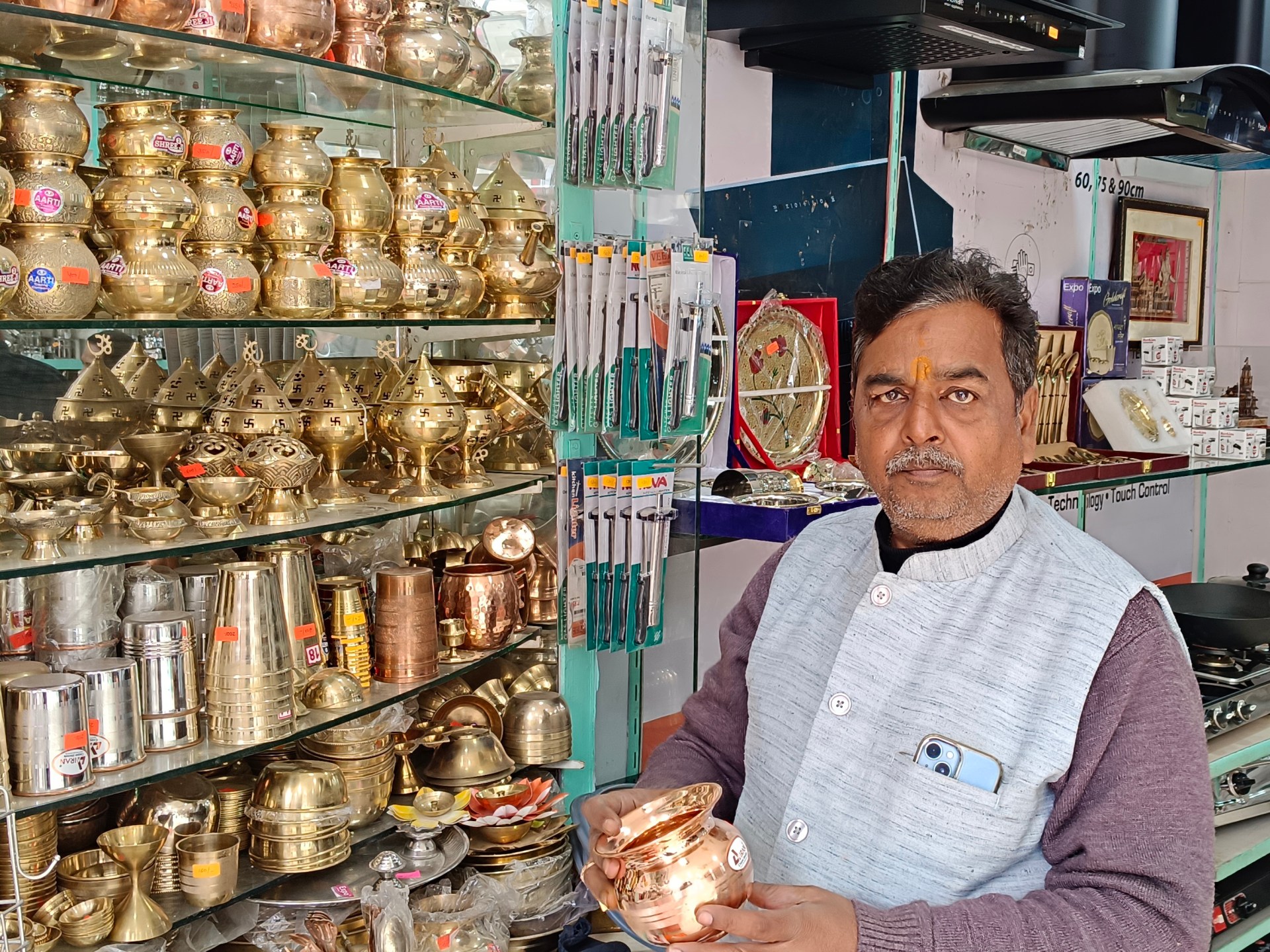
Ayodhya, India – A 13-kilometer stretch around the controversial Ram temple in the northern Indian city of Ayodhya is illuminated by twinkling lights, with walls in the area covered in murals as the city prepares for January 22 Inauguration ceremony by Prime Minister Narendra Modi.
But Rajesh Majhi has no time to enjoy the beauty of the city as he is working overtime to print banners to be used as street advertisements for the consecration ceremony. He is also behind on large orders of wooden carved miniature replicas of the Ram Temple, currently under construction.
The 38-year-old says his business has grown by almost 30 percent in the last six months. “I’ve been in the business for 12 years but have never seen such a high demand for banners. In recent months, there has been an increase in VIP visits and religious activities in the city,” he told Al Jazeera.
His monthly orders for banners have doubled from last year to 60,000, and he has opened a manufacturing facility to make replicas of the Ram temple, a new business venture for him, he said.
“We make 4,000 to 5,000 parts every month, but demand is greater than supply. Due to the gap between supply and demand, traders are willing to pay any price and buy them,” he said.
Kamal Kaushal, 62, who sells utensils in the city, around seven kilometers from the temple, is also happy about the rapid growth of his business.
“I have been running my business since 1978, but have never seen such a high demand for paraphernalia for religious activities. It used to be difficult to sell even 100,000 rupees [$1,206] A year’s worth of utensils. But now I have earned three lakh rupees [$3,618] Sales last year. We hope to witness more treks once the Ram temple opens to the public.”
The duo is not alone, as several thousand traders in the area have been doing brisk business since construction work on the temple began in 2020, months after India’s Supreme Court ruling control handed over the disputed religious site of 2.77 acres to Hindus. The surge in economic activity is expected to consolidate support for Modi among local traders in the upcoming national elections.
Infrastructure boost
While the temple construction is underway, the district of around 2.5 million people has seen a flurry of activities by the central and state governments, both led by the right-wing Bharatiya Janata Party (BJP), who are leaving no stone unturned to give the city a great look and make it a major spiritual center in the country ahead of national elections later this year.
Around 178 projects worth around 305 billion rupees ($3.6 billion) were initiated, including a railway station modeled on the Ram temple, an international airport, a modern township – the area of which has been demarcated – widened roads and decorative ones Street lights.
Traders are ready for the surge in business expected from the increase in tourists.
“We have suffered a lot in the last three decades since the movement to build the Ram temple intensified in the 1980s as there were frequent strikes and closures of various organizations [over] “We are building the temple,” said Sushil Jaiswal, convener of a local business forum attended by 15,000 traders in Ayodhya district.
“Even after the Supreme Court verdict, the development works started with road widening and construction of sewage system have impacted our business in the last three years,” he added. “But now we hope for a better future as… the temple will make it the business hub of the state.”
The government has also given geographical indication (GI) to the besan laddus or chickpea flour sweets offered to the god as prasad.
There are around 500 shops within just one kilometer of the temple that sell the chickpea flour to the devotees.
Shakti Jaiswal, 38, who runs a sweet shop around 400 meters from the Ram temple, hopes the brand will help him boost his business.
“The sales at the counters will definitely improve with the influx of tourists who would see a surge after the consecration ceremony. The GI Tag will help us move our business online, enter new markets and create more income opportunities,” he said.
Vishal Singh, vice-chairman of the Ayodhya Development Authority (ADA), which is involved in infrastructure development, told Al Jazeera that the government wants to create massive livelihood opportunities with the temple.
“Growth in the hospitality sector is accompanied by reverse migration as people working in other cities or states return here… and 50 new hotels have been sanctioned,” he said.
Tourism is said to be the biggest beneficiary
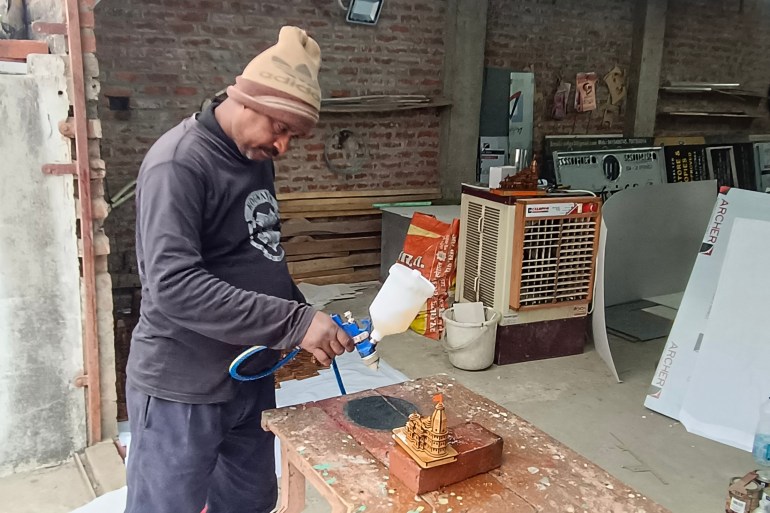
Tourism is considered to be the most profitable sector of the Ram temple as the number of visitors to the city is expected to increase manifold, especially with a new airport and daily flights to the Indian capital and other places being added rapidly.
To meet the expected influx of tourists, the state government approved one billion rupees ($12.05 million) in the last fiscal year, money that will be spent on renovating several temples and other resorts in the city, Rajendra Prasad said Yadav, Deputy Director of Tourism, Ayodhya Division.
The number of visitors has increased since the Supreme Court verdict in 2019 and around 20 million people visited Ayodhya last year, which is likely to double this year, he added.
There are already 175 small and large hotels in the city and 500 new guest houses with a maximum of five rooms have been approved by the state government and will be a source of income for the locals, Yadav said.
While serving meat or alcohol is banned within 5 km (3 miles) of the temple – soon to be expanded to 15 km (9 miles) – hotels are optimistic that tourist numbers will offset the decline in revenue from these lucrative ones Offers.
In addition, the government will provide a 25 percent subsidy to those who build hotels, restaurants and resorts to attract more tourism, he said.
Lucknow University Pro-Vice-Chancellor Arvind Awasthi told Al Jazeera that the state economy grew 14.3 percent in the last fiscal year ending March 2023 and is expected to rise to 19 percent in the current fiscal year, partly due to the Economic boom in Ayodhya.
“The spillover effect of the business boom in Ayodhya would also be visible in other parts of the state. “Wages and economic migration will increase as people see the holy city as one of the most important places for job creation,” he said.
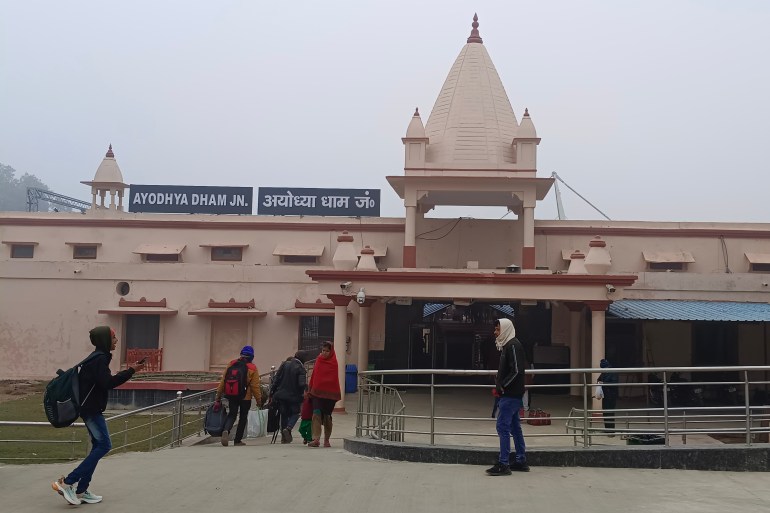
But business isn’t going well for everyone. A large section of traders have complained that around 1,000 shops in a 5 km area of the temple were demolished when the administration was carrying out a road widening project and the compensation paid to them was much lower than the current property prices.
Vaibhav Gupta, 34, a sweets seller, said two of his four sweet shops were demolished when city officials tried to widen the road to the temple and his sales had halved due to this loss of location.
“We got paid [1.8 million rupees; $21,735] Compensation for both businesses, but the administration is now demanding [two million rupees; $24,149] for providing us with a single shop in another place, which is too much for poor traders like us to afford.”
Singh denied the allegations and said adequate compensation was paid as per government norms to the traders whose shops were demolished for development works.


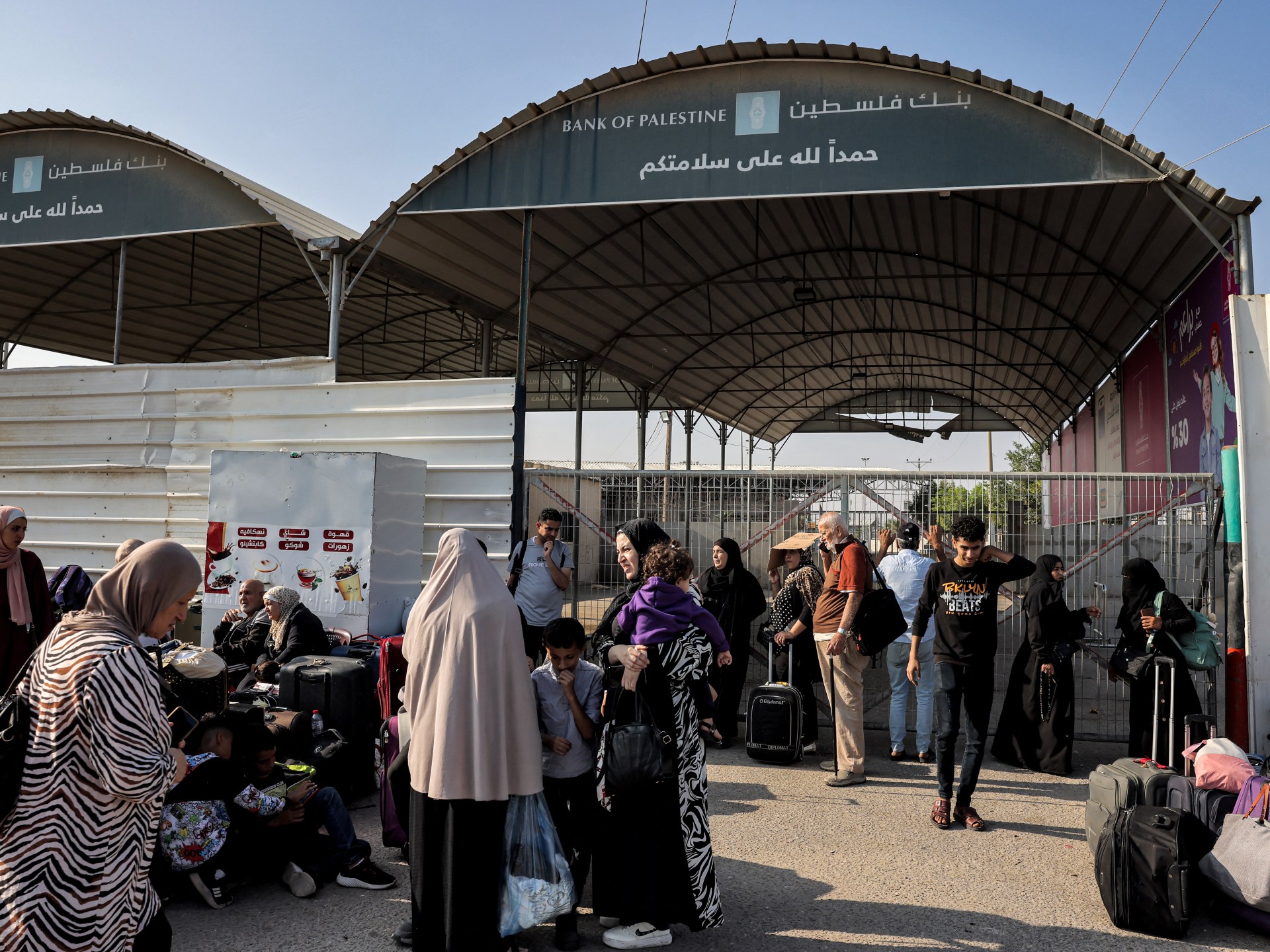
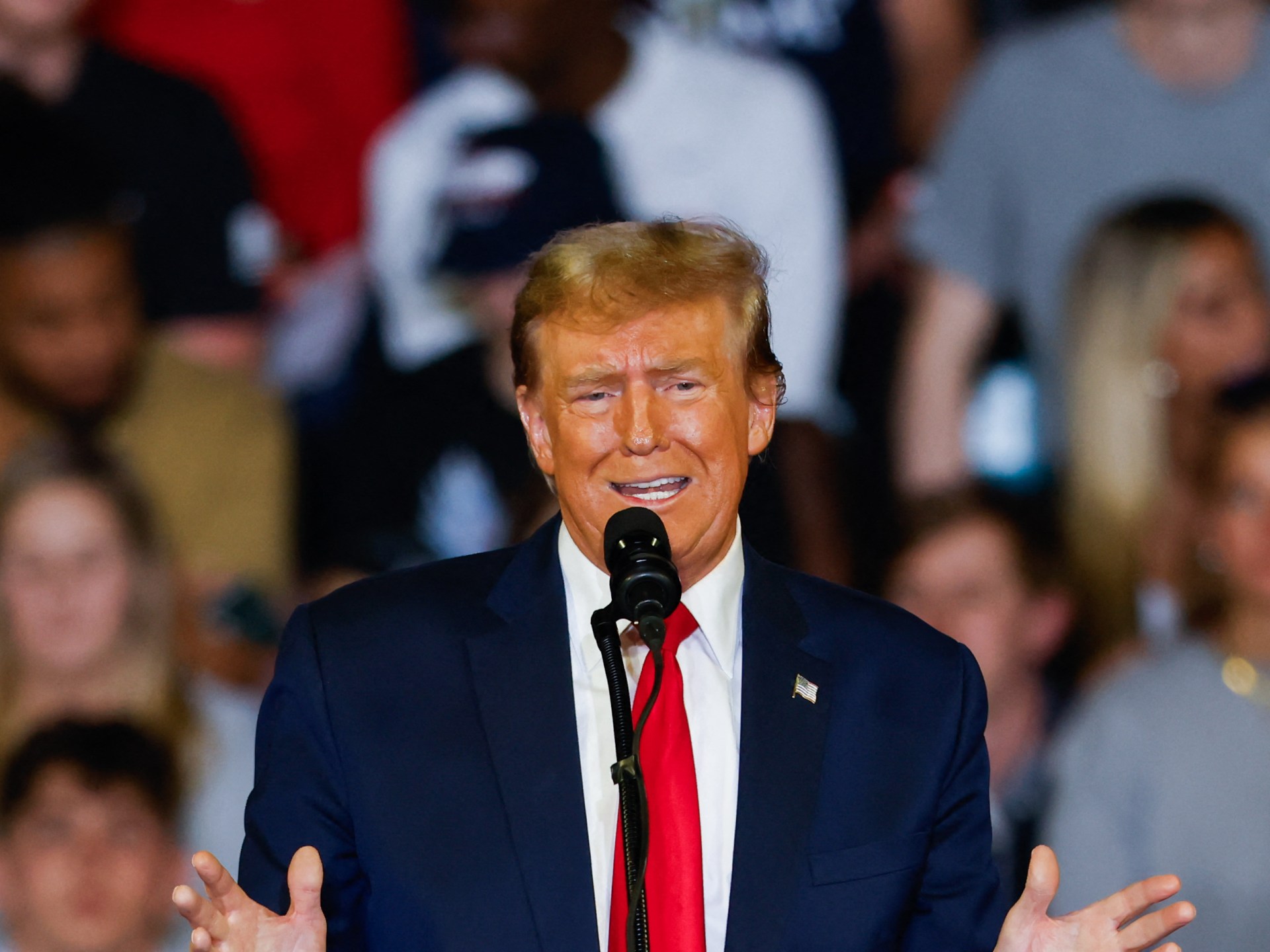


Recent Comments